The Saronic gulf forms the western edge of the Aegean, nestled inbetween the Athens coast and the north Peloponnese and nudging up to the Corinth Canal. Our travels took us from Porto Rafti to the Corinth Canal via Temple Bay, Poros and Epidavros where we got to soak up even more Greek ancient history.
Cape Sounion
Saturday morning we continued our way south, the forecast hadn’t given us any expectations to sail, but after an hour there was enough wind to fill the genny and push us slowly southwards at 3 kts, gradually creeping up to 5 kts through the morning. We turned the corner at Cape Sounion expecting a crowded bay but there were only three other boats – two in the corner under the temple and one towards the west. We aimed for a spot in front of the hotel on the west side of the bay. It was a good choice as we didn’t get anyone too close as over the afternoon more yachts began to arrive. To our pleasure, most of them headed for the east side, leaving us in a happy circle of space. 28 yachts were counted and more were still arriving as darkness descended. A couple of hours later we popped out again to look at the stars and count the masthead lights that twinkled like stars fallen to earth. 35 now! Still the new arrivals came, still they favoured the east, even though it must have been getting cosy over there.
We can understand why it’s such a popular spot as there aren’t many places in the world where you can anchor below an ancient temple built in the 5th century BC. We watched the sun set from Emerald’s deck, the golden hues burnishing the temple’s columns to the colour of freshly baked biscuits. It’s a stunning place to be.
Poros
The wind had been in our favour since leaving Chalkis, and on our way to Poros we were able to sail at least half of the way before the wind died and left us drifting. At 1.5kt SOG we reluctantly decided it was time to fire up the engine.
As we approached the entrance to the narrow channel between Poros and the Peloponnese we saw the nose of a fast cat ferry edging out. There was plenty of space to pass but we didn’t appreciate him firing up the engines right beside us. The channel was fine and at the time of year there wasn’t too much traffic to try and avoid. We anchored behind the moored boats in Navy Bay.
In the channel between Poros and Peloponnese
Darkness is arriving much earlier these days and it was sunset before I’d had a dip. With orange hues burnishing the sky I hopped in for a few laps of Emerald. Afterwards I bobbed around watching the sun drop behind the hills. It was one of those moments that reminded me just how lucky we are to be living this life.
I imagine the Poros anchorages and quaysides are heaving in season, and although this is the busiest place we’ve visited since early summer, we had plenty of swinging space off Navy Bay. Maybe anchoring in 14m compared to the ease of the quay draws most boats to the shore. We really fell for the place.
The town is lovely for exploring – a clock tower perches on the hill with a winding climb up narrow lanes, a walk anti-clockwise along the water front to a signpost for the Agii Anargyri path took us up a hill where we found an old tower (possibly an old windmill) and a little chapel. The views were fantastic and the moment of mild peril from some dogs that had got lose from their yard was worth it.
There are all the usual gastronomic temptations of a tourist town – tavernas (we ate at Poseidon), bars, cafes, cakes and pastry shops as well as an ice-cream shop boasting of 47 flavours. It took us some time to whittle the choice down to just two! A well stocked supermarket sites just behind the ferry quay; butchers, veggie shops and a fish market are dotted about the town.
A 5 mile return walk took us along the road out west towards Russian Bay to check out the alternative bays for anchoring. The sand on the beaches was soft but in the end we didn’t move and sat out a westerly blow in Navy Bay. A bit of chop but nothing too bouncy.
Epidavros
To make the most of the benign weather, we moved on to Old Epidavros to allow us a visit to the ancient theatre. The west winds were still blowing on the morning of our planned departure but were forecast to ease off by midday. The wind didn’t get the memo and we decided to put up with a bit of wind on the nose to keep to our plans. It was a slog for the first couple of hours, the F5 creating spray over the bow as Emerald pushed on through. Around the top of Methana we shook out the genny and managed 2nm before the wind died.
At Old Epidavros we were pleased to find plenty of space amongst the four boats anchored off the harbour and settled into a spot in 5m.
Our reason for pushing on was that the weekend was National Heritage Days with free entry to many Greek historical sites. The bus didn’t run on a Sunday so it had been push on or miss out. The bus arrived on time and with only four on board, travelled on back roads through citrus and olive groves with views of the mountains of the inner Peloponnese. Thirty minutes later we arrived at the site which wasn’t all that busy despite the free entry.
We had two and a half hours which turned out to be more than enough to visit the awesome stadium and the ruins of the Sanctuary of Asclepius. It’s the largest and most intact theatre we’ve seen and the acoustics were impressive. We listened in to a tour group guide as he demonstrated with claps and coin jingles that could be heard way up at the top.
The ruins of the Sanctuary of Asclepius are all that remain of the most famous healing centre of the Greek world. Asclepius was the god of medicine and it was here that the ill would make pilgrimage to seek healing. Offerings were made to the god and the patients underwent incubation – a dream filled sleep where they hoped to be visited by the god. Afterwards they would describe their dream to priests who then diagnosed treatment. There is a very interesting tale of a visit by a lady who couldn’t get pregnant, then falling pregnant after dreaming of a young man lifting her dress!
As well as the ruins there is a small museum displaying finds from the ruins.
With plenty of time left we went to eat our lunch on the seats of the theatre. Oh no you can’t do that we were told by a curator. Oops. We sat a while longer to enjoy a man and woman who were standing in the middle of the floor, singing along to an old love song playing on their phone. They too were told by the curator, oh no you can’t do that, but the man had a quiet word and they were allowed to continue. As they reached the end of the song, the man got down on one knee and pulled out a ring. So sweet and such an amazing location to propose in. Of course she said yes and we now know what the man was whispering in the other man’s ear to get permission to continue.
Back at the harbour we walked through the olive groves to the small theatre, enjoying the September sunshine. We continued on to the beach hoping to see something of the sunken city, but alas, it was all underwater!
A small flotilla arrived during the afternoon and took most of the berths on the quay. A couple of yachts came in to anchor but again we were left with lots of space.
The next morning we moved on to Corinth. But as we lifted the anchor at Epidavros there was almost a small disaster. The line that ties BoB-II, our anchor marker, to the anchor had become jammed in the chain and broke, setting BoB-II free. A man overboard manoeuvre was immediately put into place and was successful. Phew!
It was a motoring day, although winds did increase from the south it wasn’t enough for us to sail. The scenery of the Peloponnese was beautiful to look at and we were buzzed by two fire planes. A few miles out from the canal, we began to listen in to the radio traffic. From what we heard it seemed that the canal was closed. We hoped it wasn’t a problem, but a bit of internet searched assuaged our concerns – there was a swimming race taking place along the length of the canal.
As we closed we could see around 12 boats anchored. Our plan had been to go through the next morning and we debated getting through now, especially with a south easterly F5 kicking up a bit of chop. However, there was still no movement of boats so we tucked ourselves in the corner, hoping for some shelter from the land.
Around about 4pm the first boat was called to get ready. The poor controller must have the patience of a saint as he tried to deal with the backlog of boats. A huge motor boat was asked what it’s minimum speed was – 6.5 kts they replied so they were advised to go on first. So what do some of the yachts do? Cut in front. I hope they enjoyed looking at the huge bow right on their stern!
Slowly, the boats queued up, some to pay and those who had already done so sent on through the canal. Over half an hour had passed, the anchorage thinned out and all the boats on the quay have gone. A new voice calls up – is it ok to come through now? They hadn’t even raised their anchor yet. With an air of resignation they were told to come and pay. However, by the time they’d done that, boats had started on the west to east journey and they were then told to stay put. But we have paid! the yacht replies…..
We decided to stay put and wait until the next morning; the light was dull due to cloudy weather – if we were paying so much we might as well try and get a bit of sunshine to light up the walls. We would have also been low on time to push on to Kioni. The south east chop wasn’t overly uncomfortable and the wind dropped off overnight. We hoped for clearer skies the next morning for our passage through our third canal.
Sailing Info
16th September: Porto Rafti to Cape Sounion – 18nm (8nm sailed)
Anchored in 5m in position 37 39.387’N 24 01 107’E The seabed was flat sand in the this area, no weed.
17th September: Cape Sounion to Poros – 30nm (14nm sailed)
Anchored in 14m in position 37 30.382’N 23 26.928’E
Good holding.
Ashore we tied to dinghy to the north side of the concrete pontoon, up where it joined to land. There are plenty of bars and tavernas ashore as well as supermarkets, butchers and a fish market.
22nd September: Poros to Epidavros – 21nm (2nm sailed)
Anchored in 5m in position 37 38.304’N 23 09.616’E
24th September: Epidavros to Corinth east anchorage – 21nm
Anchored in 7m in position 37 55.31’N 23 00.944’E


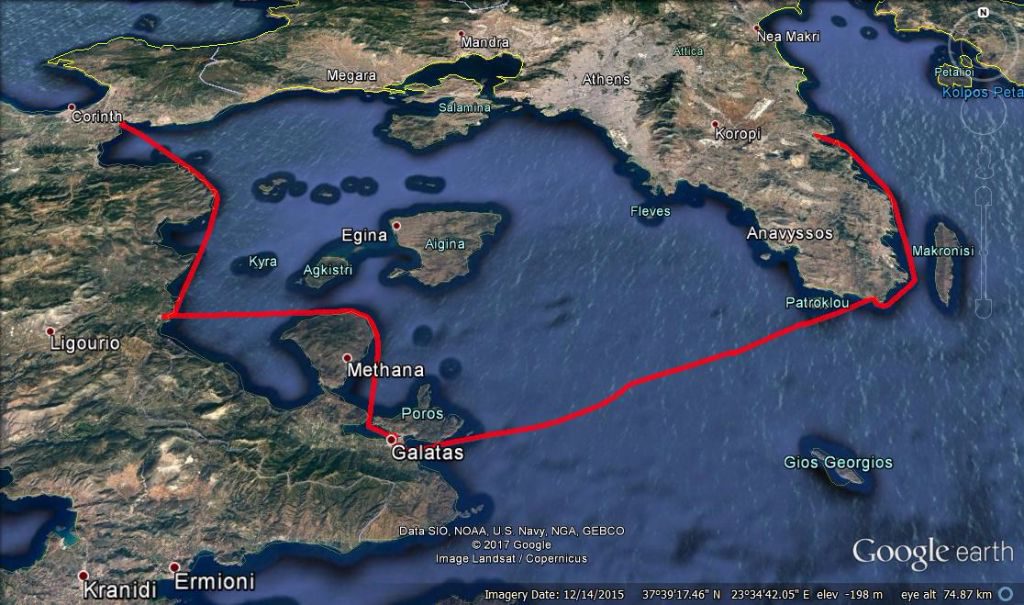
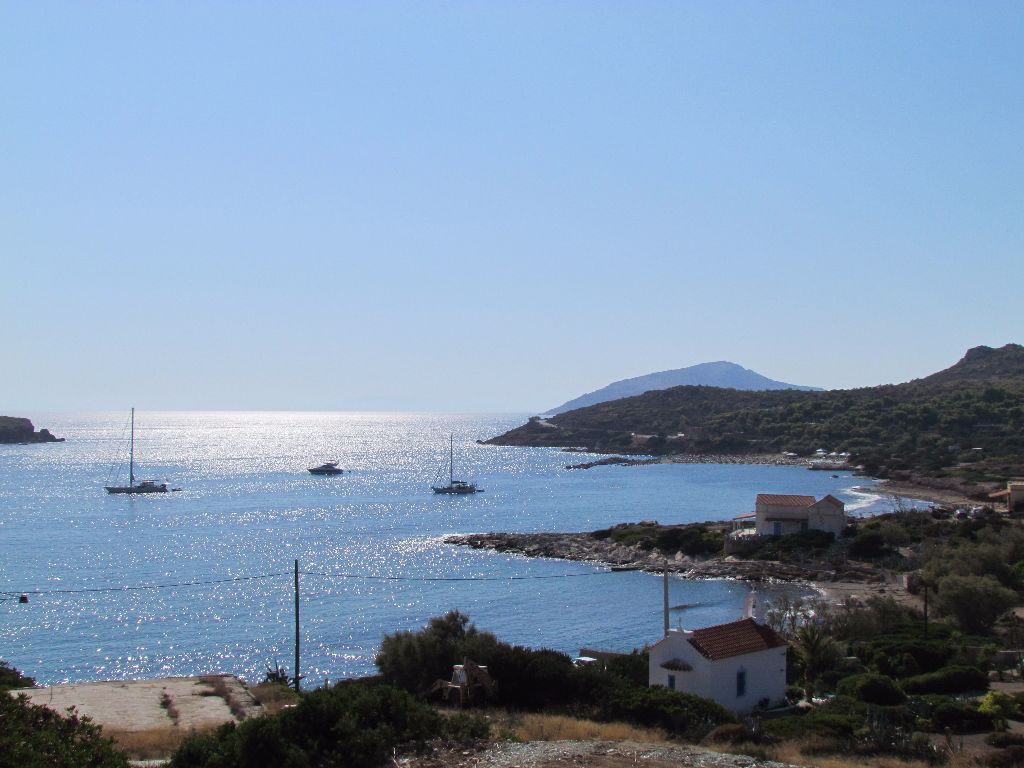
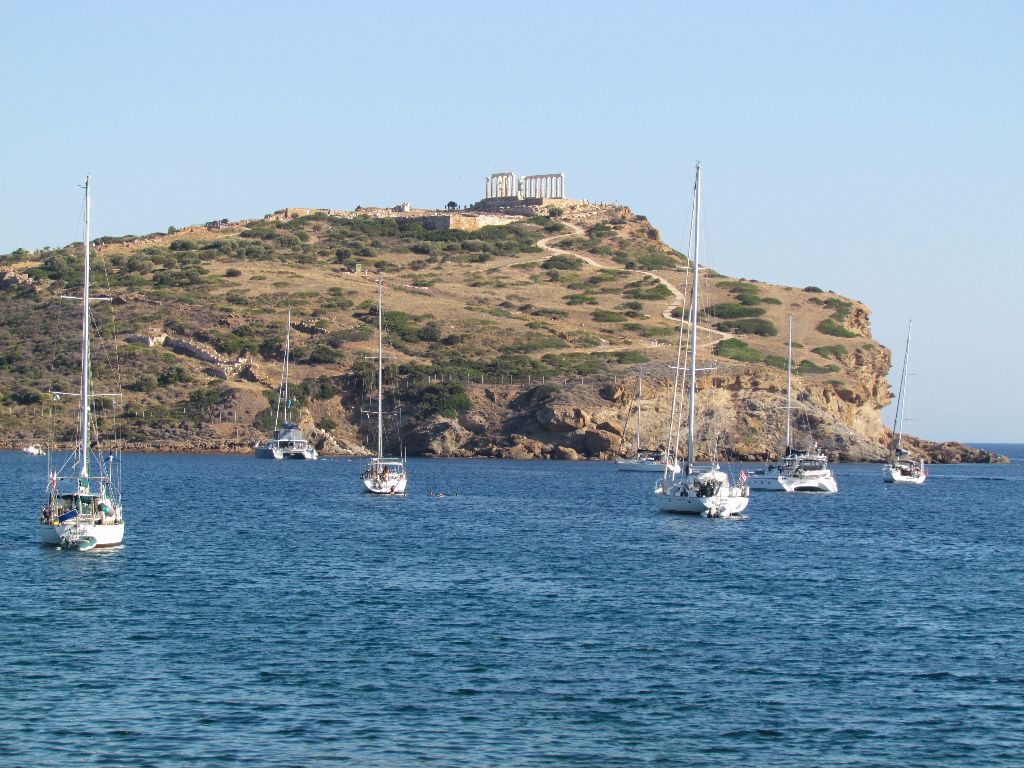
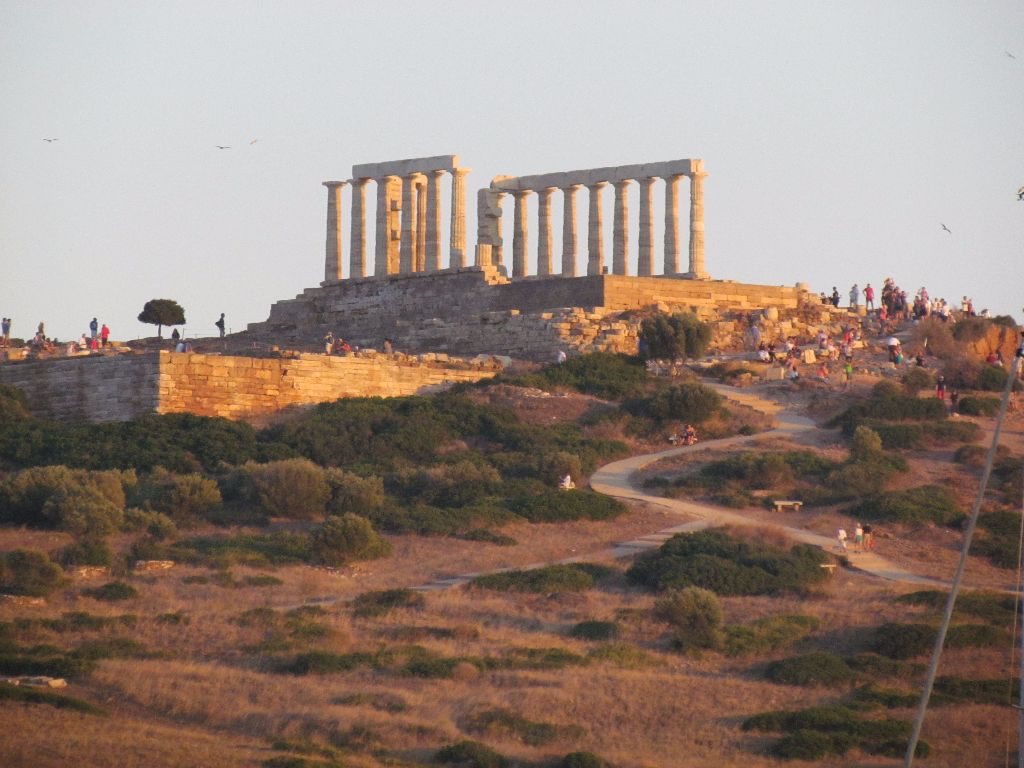
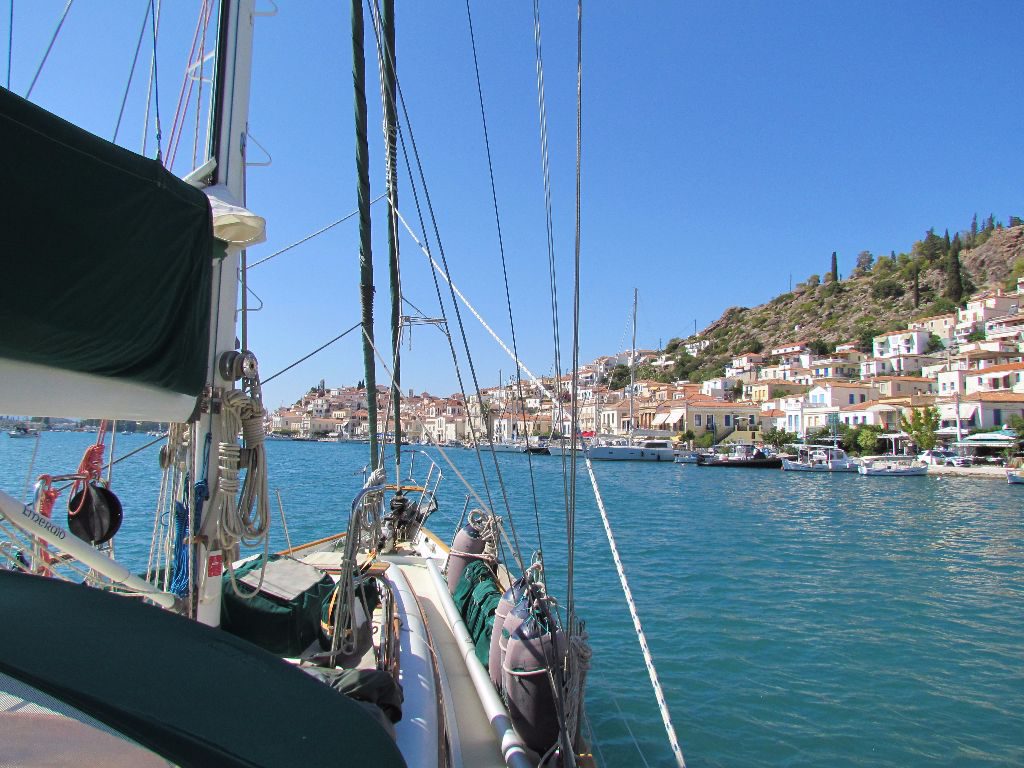
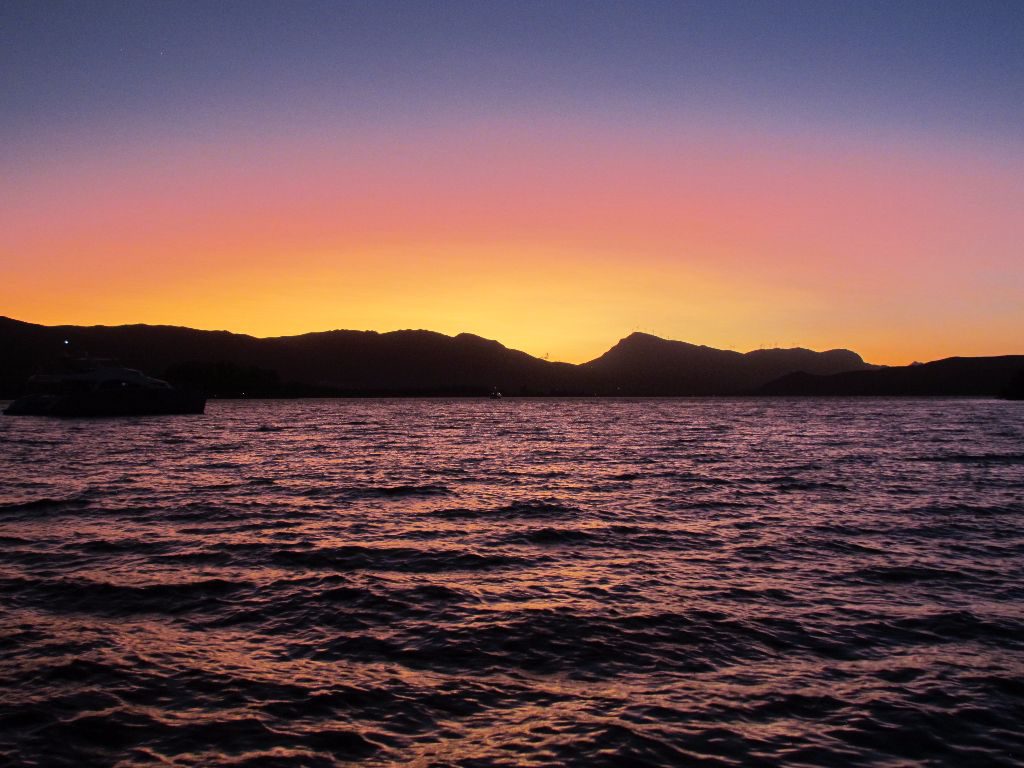
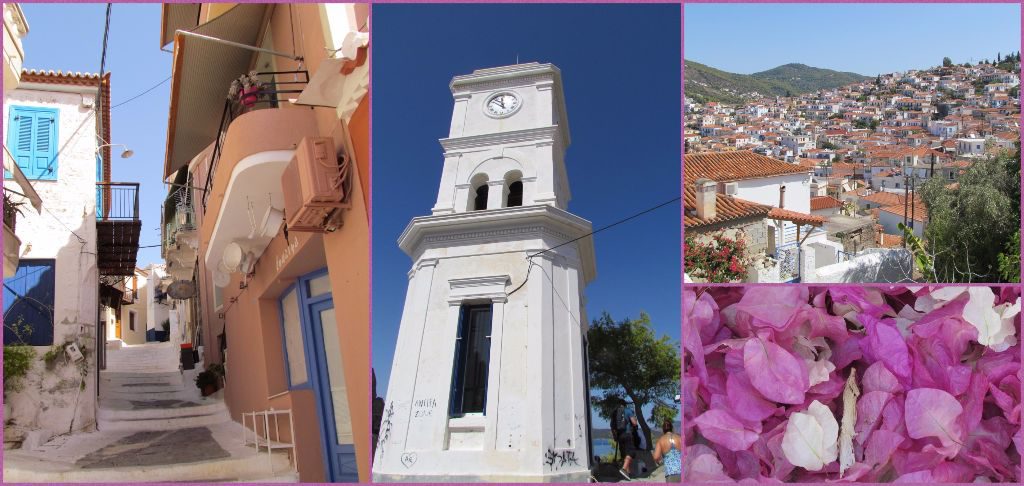
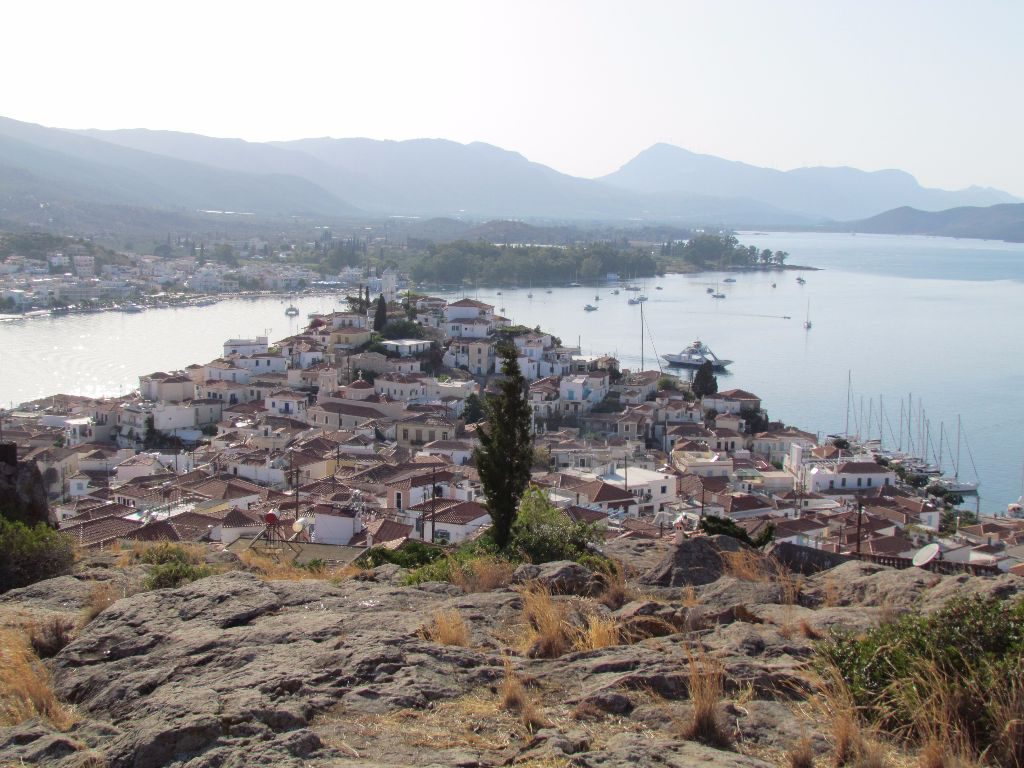
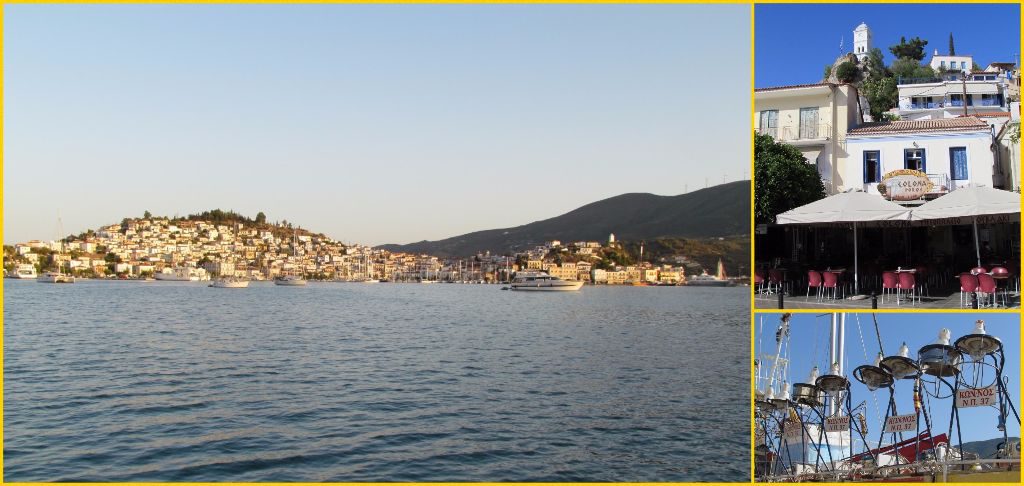
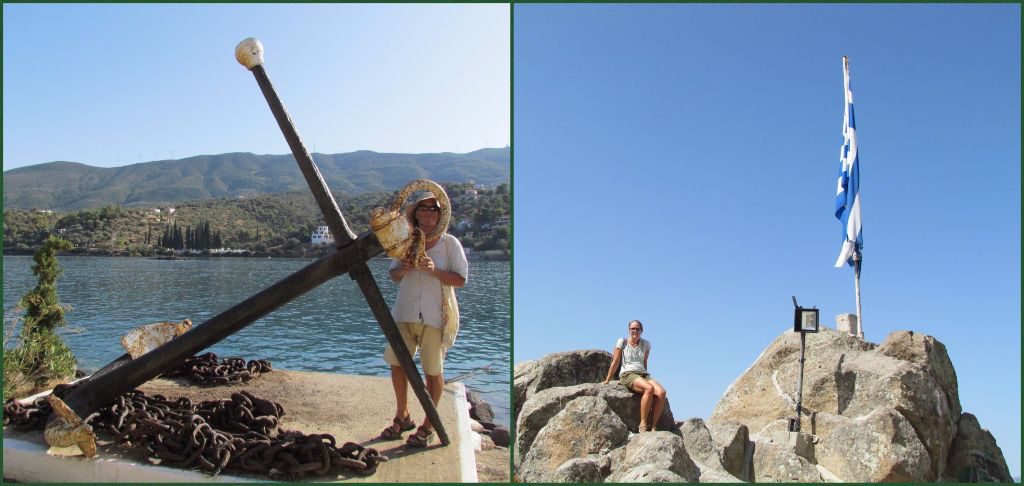
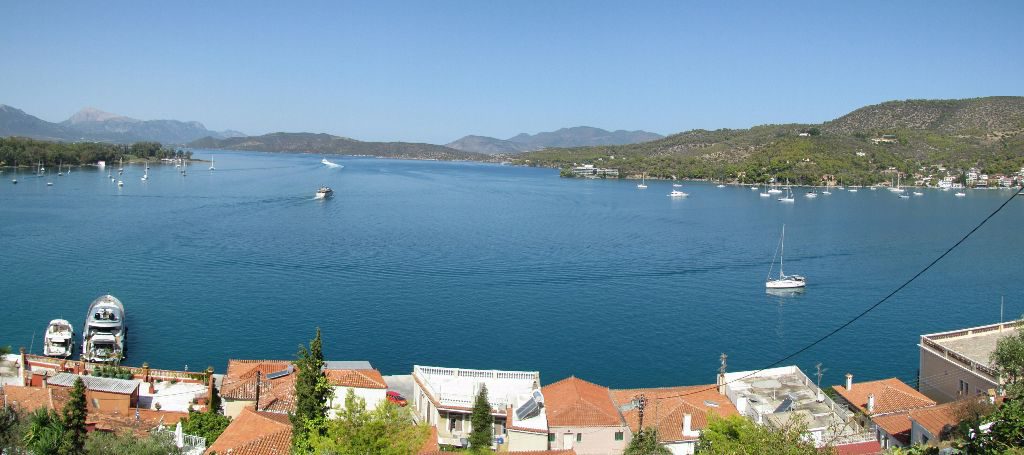
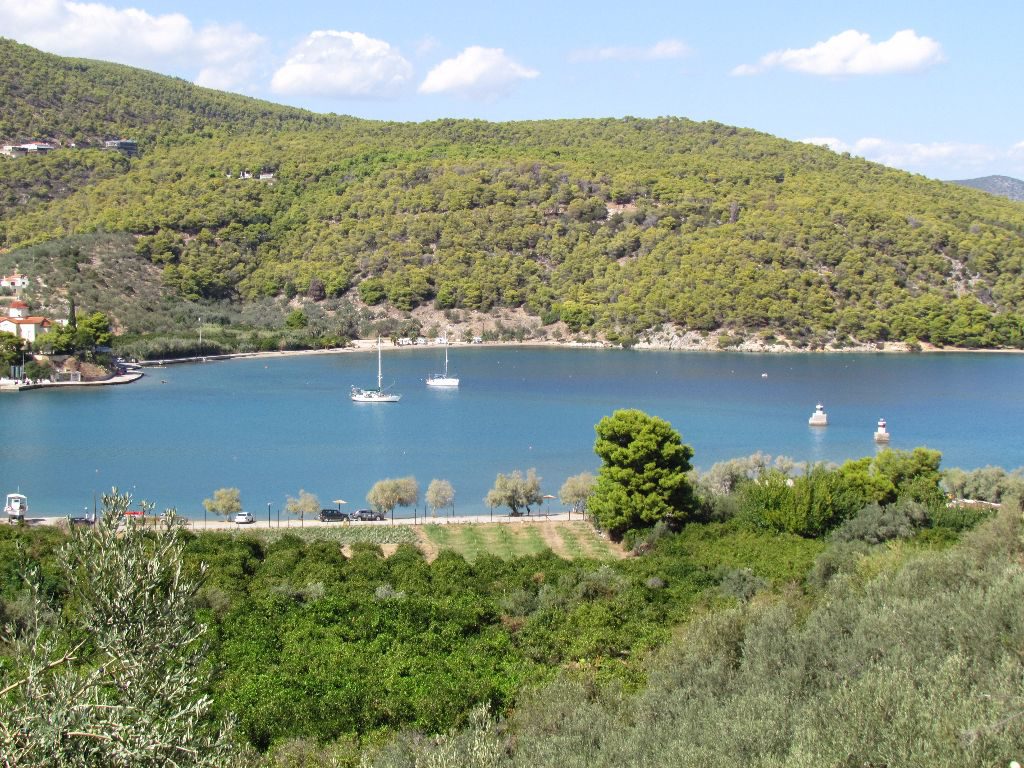
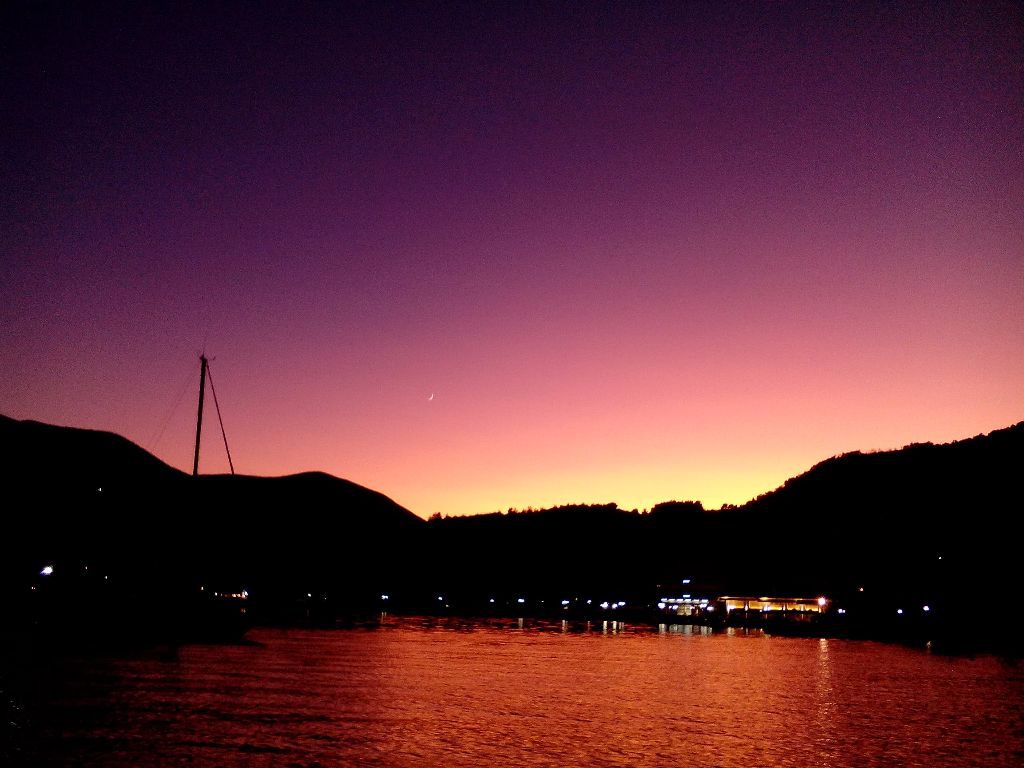
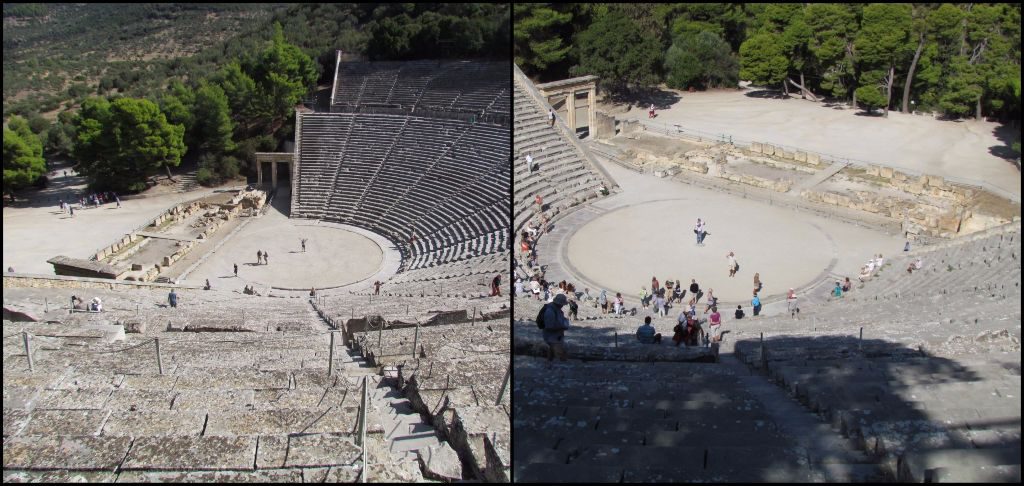
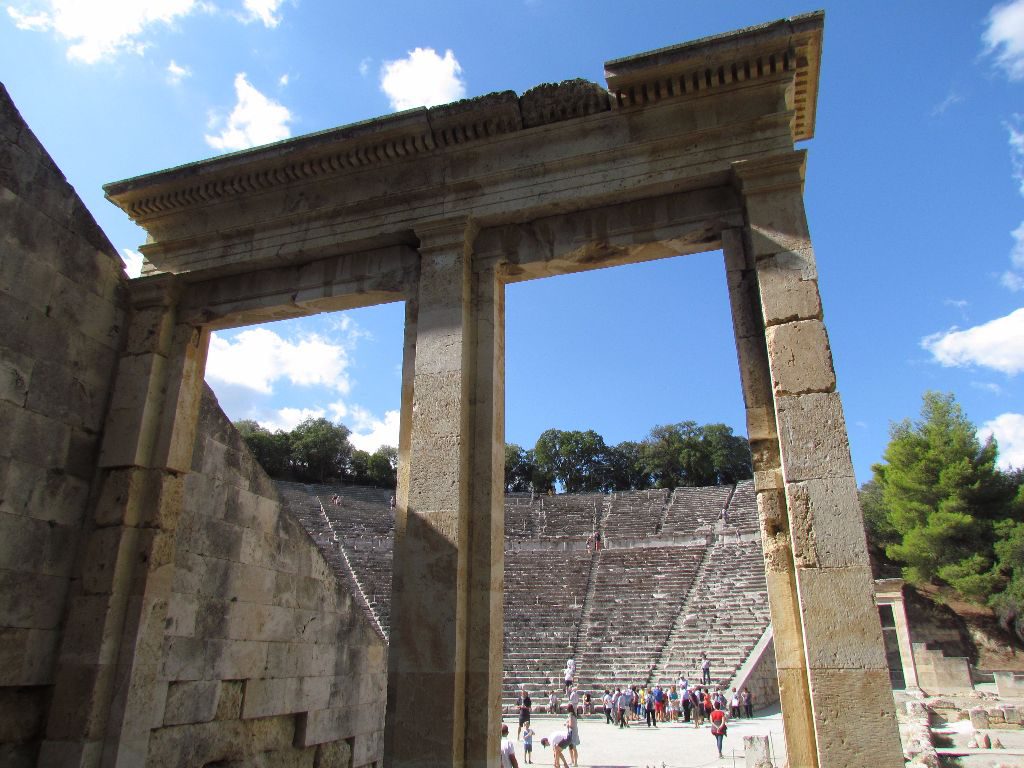
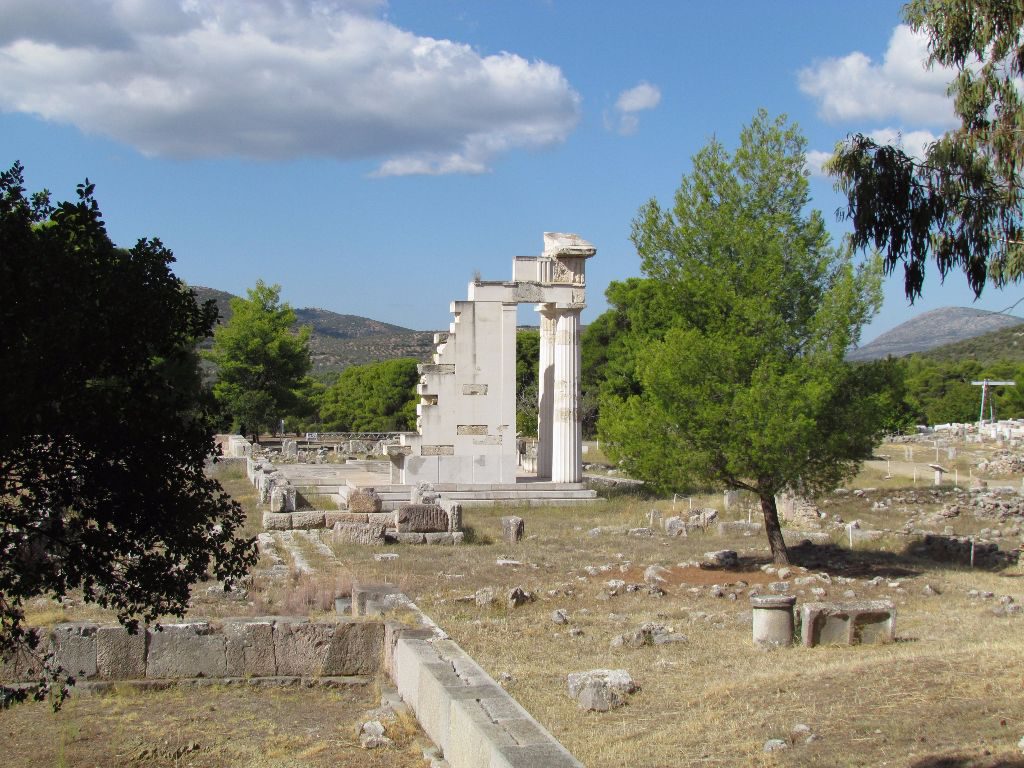
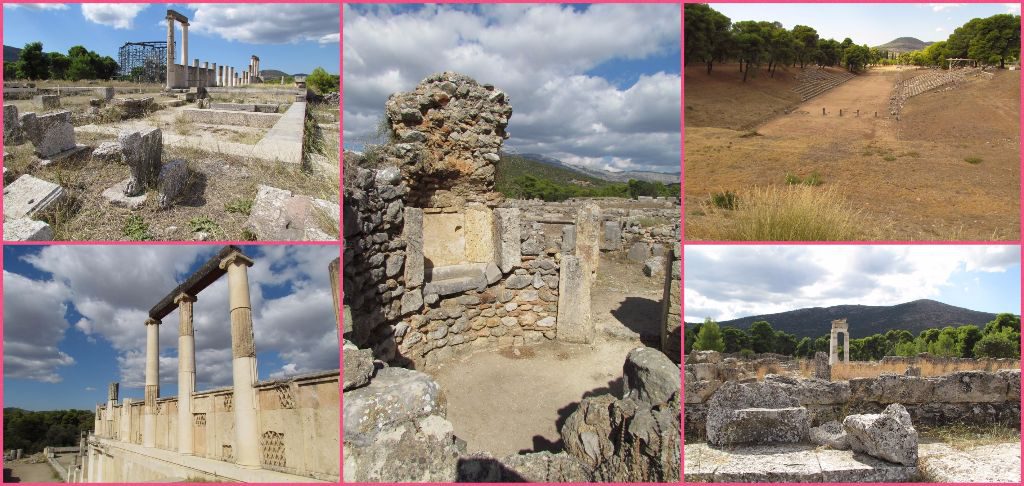
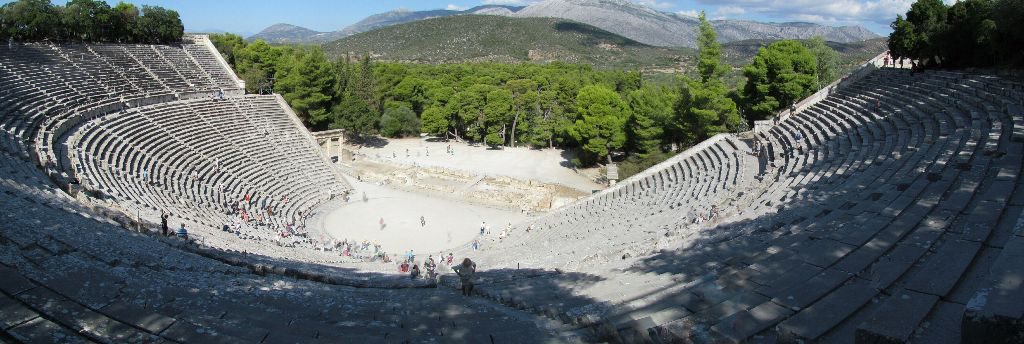
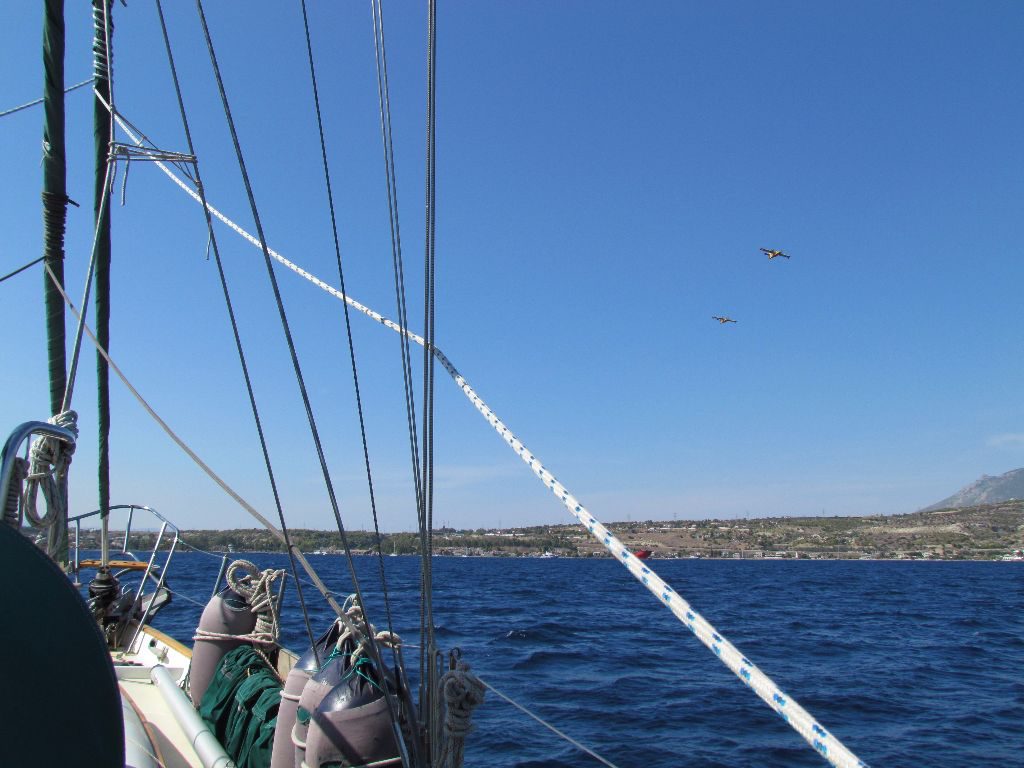
Hi Colin and Nichola. Although I’ve not commented for a while or posted what I’m sure to you were stupid landlumber questions bout you travels,I hope that you are both well. Clearly your journey through the agean has been very good with just the minor hick up along the way. I was recounting a brief version of your travels since Ipswich to a like minded traveller today in marina bar ( south Langkawi – Malaysia ). So you are world famous even though you don’t know it 🙂 . I retired after Rugeley was closed last year and have enjoyed the opportunity to travel and enjoy stuff without time constraints. I have no aspirations of following in your webbed footprints but do harbour an idea of meeting up and sharing a few days aboard with you in 2018. Take care both and continue to post your adventures. Also if you do have cause to head back to the UK, give me a little notice and I wilk happily drive where ever to meet up and say hi. Regards Phil.